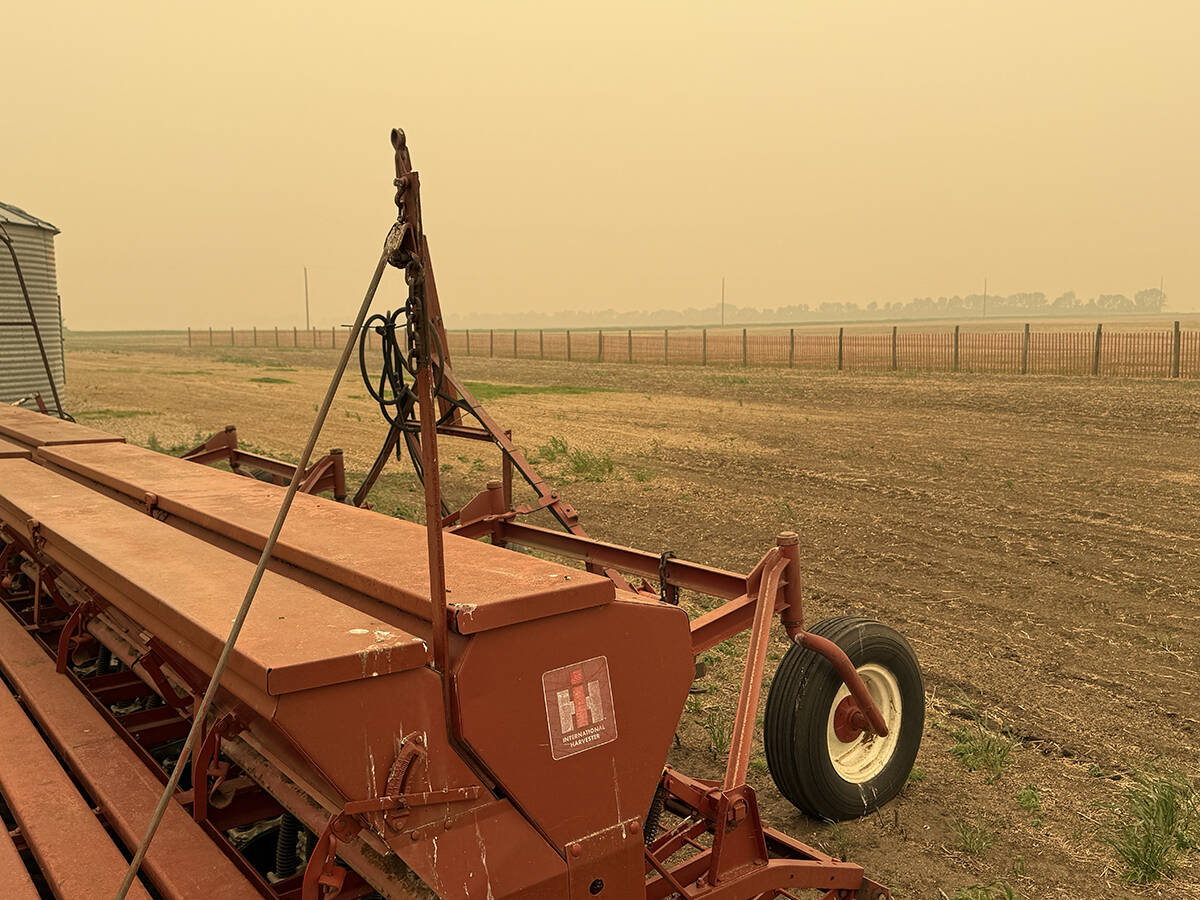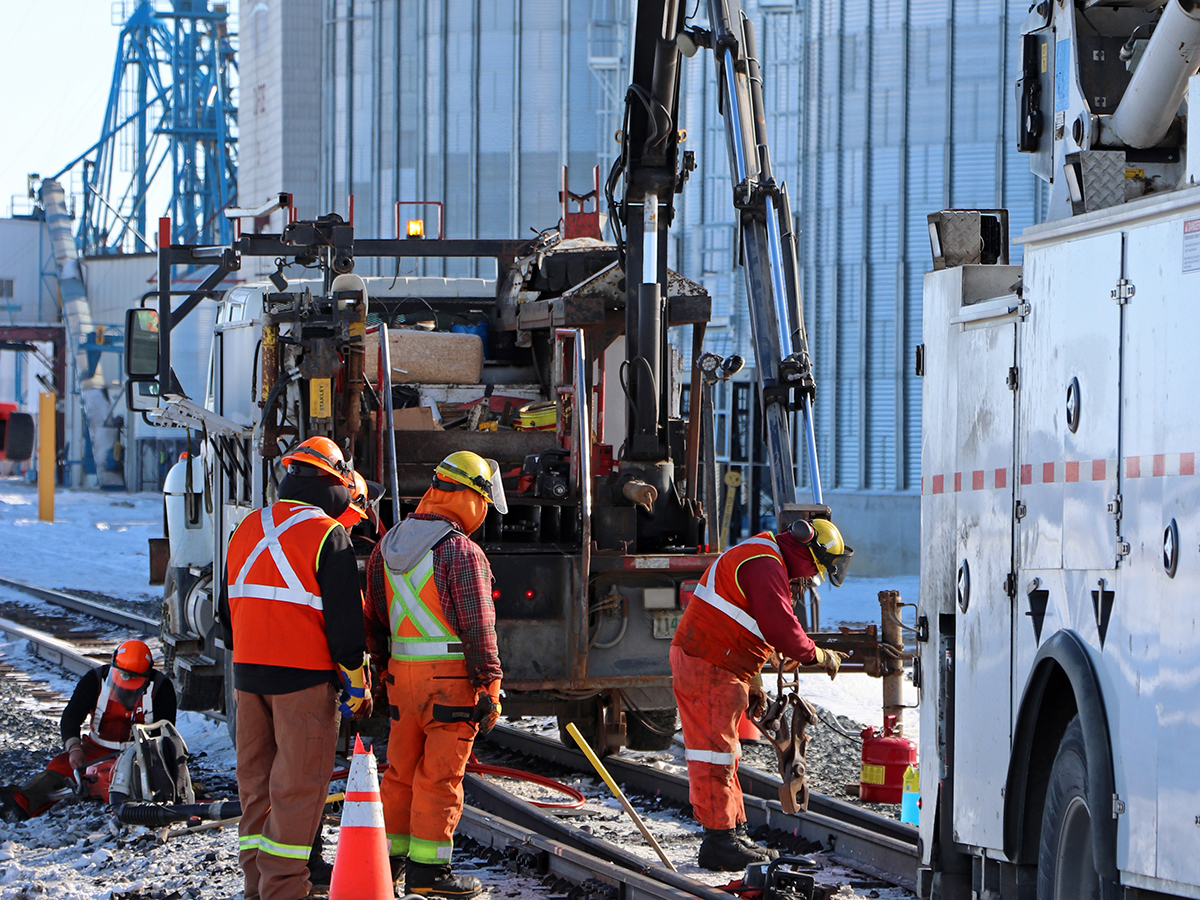REGINA — Canadian National Railway announced last week it established two new monthly grain movement records, even as Canada’s grain monitor says railway performance continues to be inconsistent.
In an April 3 press release, CN said it moved more than 2.85 million tonnes of grain from the west, and 2.98 million tonnes, nationally. The release said the records were set after collaborating with customers to recover from extreme cold in January and February.
Train lengths are restricted when temperatures fall below -25 degrees Celsius and the railway said it applied for restrictions for an unprecedented number of days through most of January and the first three weeks of February.
Read Also

Wildfires have unexpected upside this year
One farmer feels smoke from nearby wildfires shrouded the July skies and protected his crop from the sun’s burning rays, resulting in more seeds per pod and more pods per plant.
But Mark Hemmes, president of Quorum Corp., said performance began to drop off before that cold weather hit.
“This year was really going well right up until about week 16,” he said during a SaskWheat webinar April 4. “But come late November, everything started to fall apart.”
The grain monitor watches unloads at the ports of Vancouver and Prince Rupert and he said there were only three or four weeks when unloads were up to the three-year-average point and it’s a similar story when looking at five-year performance.
At one point 47 vessels waited on the West Coast, when the number should be 15 to 20, Hemmes said.
“The reason was that order fulfillment really started to drag right after week 16 and it’s never recovered. Three to four weeks ago it probably got worse than it’s ever been in the history of tracking this statistic,” he said.
Order fulfillment dropped to about 30 per cent for both railways and isn’t getting better, he added.
“That’s problematic. When you can’t supply the cars in the country all that means is that the vessels continue to wait.”
At demurrage of $13,000 to $14,000 per day it ends up costing producers money.
The monitor also tracks out-of-car time or the number of hours in a week when port elevators are ready to accept cars but the railways haven’t spotted them. The fulfillment rate and out-of-car time usually mirror each other.
Sometimes the cars are late and sometimes they don’t arrive at all.
Hemmes said in the last eight weeks half of the cars supplied in the country were late.
But inconsistent railway problems aren’t new as Hemmes pointed out there have been 37 inquiries or commissions in the last 100 years, along with multiple lawsuits.
Still the same problems persist.
Statistics show that over the last 10 years railway performance is not improving when it comes to grain. Car cycle times are getting longer and the companies rarely meet their own planning goals, Hemmes said.
Meanwhile, Prairie farmers are producing about three per cent more grain each year. He suggested investment in even greater yields would increase if the industry could count on getting that crop to the marketplace.
Contact karen.briere@producer.com
















